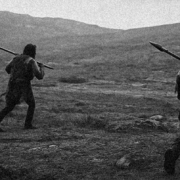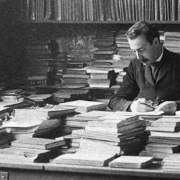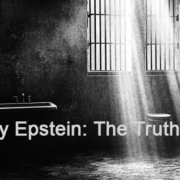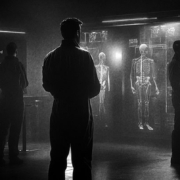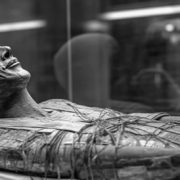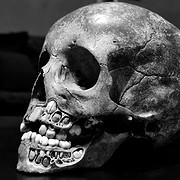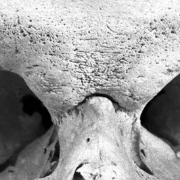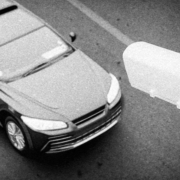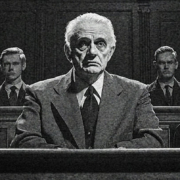I remember the first time my mother looked at me and placed me somewhere else in time. In her mind I was still young. Not a child exactly, but not the man sitting in front of her. She did not lose my name that day. She lost the date of me. She shifted me backward along the curve of her life and anchored me in a room that only she could see. She could still tell stories from long ago with the detail of a careful archivist. She remembered a laugh in a kitchen full of steam, the shade of a coat she wore to a winter market, the smell of newspapers that stained her fingertips. But the present slipped. It would not hold.
Introduction: The Challenge of Stature Estimation in Forensic Contexts – Forensic anthropologists, archaeologists, criminalists, pathologists, and forensic medical examiners frequently encounter the critical need to estimate stature from skeletal remains across a diverse range of challenging environments. Whether carefully excavating ancient burial sites in remote field locations under harsh weather conditions, analyzing skeletal evidence within the controlled setting of a laboratory, or conducting assessments on the move during travel to crime scenes or archaeological digs, the ability to determine stature swiftly and accurately remains a cornerstone of forensic and anthropological investigation. Stature estimation serves as a vital tool in the identification of unknown individuals, providing key biometric data that can be cross-referenced with missing persons records to aid in criminal investigations or disaster victim identification. In archaeological contexts, it offers profound insights into the biological and demographic profiles of past populations, illuminating aspects such as health status, nutritional adequacy, and socio-economic conditions that shaped their lives.
Jeffrey Epstein’s sudden jailhouse death in August 2019 shocked the world and immediately ignited a firestorm of speculation. Officially, authorities ruled the 66-year-old financier’s demise a suicide by hanging. Yet from the moment his body was found on the morning of August 10, disturbing questions and contradictions have cast doubt on that conclusion. Epstein was a wealthy and well-connected inmate facing federal sex-trafficking charges, arguably one of the most high-profile prisoners in the country, but he died under highly irregular circumstances. From odd autopsy findings and mysteriously malfunctioning cameras to negligent guards and inexplicable decisions by jail officials, nearly every aspect of his death is cloaked in suspicious inconsistencies. This investigative exposé will delve deeply into the key areas of doubt, drawing on a wide range of reputable sources [New York Post, 2019; Washington Post, 2019] to unravel what really happened. Each inconsistency is backed by documented facts from multiple outlets, revealing a pattern of evidence that just doesn’t add up.
The Enduring Fascination with Age-Gap Relationships – Few topics in human relationships provoke as much debate, intrigue, and controversy as the attraction of older men to significantly younger women. It is a phenomenon that transcends cultures, historical periods, and socioeconomic classes, appearing in royal courts of medieval Europe just as it does on modern dating apps. From ancient emperors selecting youthful brides to contemporary billionaires marrying models half their age, this dynamic has persisted throughout human history. But why?
Computer vision constitutes a dynamic and intricate field within computer science, where the aim is to imbue computers with the capacity to interpret and understand the visual environment, much like the human visual system does. This discipline is at the intersection of algorithmic innovation, machine learning, and artificial intelligence, enabling the analysis of images, videos, and other visual data sources to extract meaningful information or to initiate responsive actions.
Forensic science – this fascinating, multifaceted realm in which natural scientific techniques are employed to solve criminal activities – harbors secrets and insights that captivate the mind. One of the brightest stars in the forensic firmament is the dating of human remains, a process that is indispensable in criminal investigations. Radiocarbon dating, widely known as C14 analysis, stands out for its precision and reliability. Let us illuminate the magical potential and the inevitable limitations of this method in the context of modern forensics.
In humility I am always awed by the limitless ingenuity of Mother Nature, whose intricate design is exemplified by the countless functions of the human body. From the moment of birth, through the many phases of growth, maturation and eventual senescence, Homo sapiens stands as a testament to biological evolution, an awe-inspiring masterpiece that challenges our understanding of nature. One is compelled to wonder about the force behind this creation and the intelligence responsible for orchestrating such a marvel.
Good afternoon, everyone. Today, I invite you to explore the fascinating realm of sex estimation from human skeletal remains, a discipline that bridges the scientific domains of forensic and archaeological anthropology. This skill is a cornerstone for reconstructing not only the lives of individuals but also the intricate social fabrics of their communities. Whether we are delving into ancient civilizations or working on modern forensic cases, sex estimation provides crucial insights.
Read more
In my long-standing career as an expert in identifying living individuals from images, I have repeatedly experienced the immense importance of precise identification from photographic and video evidence. However, this task is becoming increasingly complex. In a world where crime and security-relevant incidents are steadily increasing, courts, investigative authorities, and experts face the great challenge of identifying individuals from often blurry, shaky, or poorly lit footage undoubtedly. Yet, despite these difficulties, the quality and resolution of the material presented to us improves significantly from year to year.
Read more
The dawn settles over Frankfurt am Main, the city awakening to the roar of departing planes and the whispers of early commuter streams. But today is no ordinary day. It is the day justice is tested – through me, an expert in forensic facial recognition. My expertise is not just a tool; it becomes the judge of someone’s fate.
